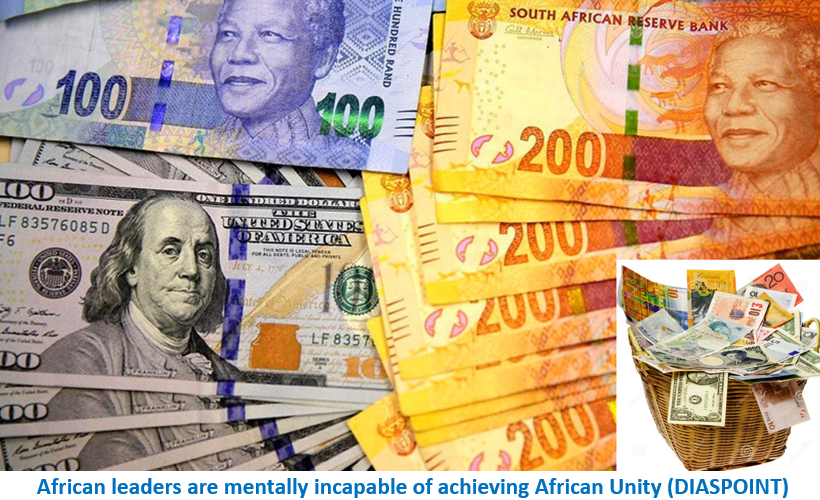How Africa states’ indebtedness, collapsing currencies could be fixed
Post By Diaspoint | February 2, 2024

- South Africa faces elevated public debt, which has almost doubled over the last decade and currently stands at 74 percent of GDP.
- Kenya’s debt interest payment as a share of revenue rose from 11 percent in 2014 to more than 20 percent after 2020.
- Ghana and Zambia have launched debt restructuring negotiations under the G20 Common Framework.
Highly indebted African countries are facing stark trade-offs between servicing expensive debt, supporting high and growing development needs, and stabilising domestic currencies.
Government debt has risen in at least 40 African countries over the past decade. As a result, some are experiencing a bad combination of high debt, elevated development spending needs amid budget shortfalls, and unfavourable exchange rate pressures.
These issues have become more pressing since 2022, when persistently high inflation prompted major central banks around the world to embark on the most aggressive monetary tightening campaign in decades. Monetary policy tightens when central banks raise interest rates.
Since then, global interest rates have climbed even higher, triggering a jump in repayments on external loans and adding to debt burdens accumulated over the last decade.
Read: Askew global financial system puts Africa in debt crisis
In addition, some countries with worsening debt situations have endured large exchange rate depreciations and struggled to stabilise the value of their domestic currencies.
My perspective, shaped by years of researching Africa’s development challenges, is that this presents many countries with a triple set of dilemmas that’s not easy to navigate. Tackling any of one of these issues imperils the others.
Here are some examples:
Read More from original source
